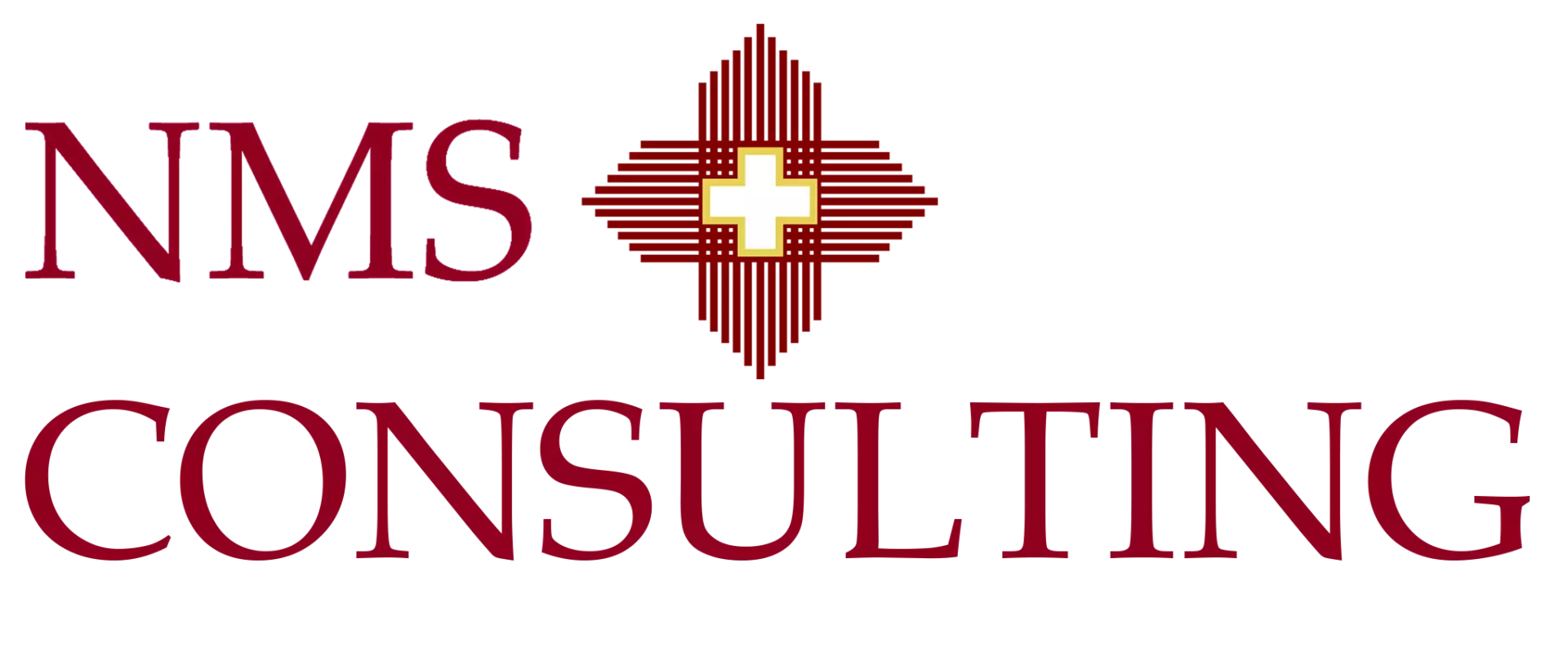Risk Management Consulting for Strategy, Governance & Measurable Control

Home ›
Insights ›
Risk Management Consulting for Strategy, Governance & Measurable Control
Author:
Aykut Cakir · NMS Consulting
Published:
• Updated:
Start with a clear risk appetite tied to strategy, turn that into a small set of key risk indicators, then run a steady cadence that tracks controls and trends. Use proven frameworks such as ISO 31000, COSO ERM, ISO 22301, and NIST CSF 2.0 to connect policy with measurable action.
Want a board-ready risk appetite, KRI set, and a ninety day plan?
Talk to a consultant
Signals and Benchmarks
- ISO 31000 sets principles and a process that links strategy, decision making, and risk treatment. source source
- COSO ERM places risk in strategy setting and performance with practical examples. source source
- NIST CSF 2.0 adds the Govern function to make risk strategy and policy explicit and monitored. source source
- ISO 22301 provides a management system for continuity and recovery. source source
- Supply chain cyber risk guidance details policies, plans, and assessments across suppliers and products. source source
- The Global Risks Report 2025 highlights geopolitical and technology risks that boards track today. source source
Governance, Appetite, and KRIs
- Risk Appetite: write a short statement per risk class with limits and examples that show what is in and out of bounds. reference
- KRIs: select lead indicators, thresholds, and owners. Pair with key control indicators and outcome KPIs so trends and causes are both visible. reference
- Cadence: run a monthly board pack and a weekly working review. Track red items and actions with dates and proof.
Frameworks and Measurable Control
- ISO 31000 and COSO ERM: align principles, appetite, and process with strategy and planning. reference reference
- NIST CSF 2.0: use Govern, Identify, Protect, Detect, Respond, and Recover to link policy with specific outcomes. reference
- ISO 22301: create continuity plans, tests, and improvements with clear roles and metrics. reference
- Supply Chain Cyber: apply NIST 800-161r1 to suppliers, contracts, and product selection. reference
30-60-90 Risk Program Playbook
First 30 Days: Frame And Baseline
- Draft risk appetite by class with example limits and approval path.
- List top risks, current controls, gaps, and quick fixes. Build a KRI set with thresholds.
- Publish a simple charter and meeting rhythm with owners and dates.
Days 31 To 60: Prove And Improve
- Close quick fixes for two or three high-impact gaps. Stand up dashboards for KRIs and key control indicators.
- Run tabletop tests for continuity and incident response. Capture defects and actions.
- Confirm vendor risk checks and service-level guardrails for critical suppliers.
Days 61 To 90: Scale And Transfer
- Embed risk tasks in planning and change approvals. Add role training and simple playbooks.
- Expand the KRI set and automate data where possible. Shift reviews to exception-based reporting.
- Publish a benefits log with verified risk reduction and avoided losses.
Risk Areas, Controls, Metrics, and References
| Area | Typical Controls | Metrics | References |
|---|---|---|---|
| Strategic | Risk appetite, scenario work, investment rules, M&A guardrails | Variance to appetite, TSR, project NPV hit rate | COSO ERM |
| Cybersecurity | Policy, identity, vulnerability and patch, detection, response | Time to detect, time to contain, critical patch SLA | NIST CSF 2.0 |
| Supply Chain | Vendor due diligence, SBOM, contract terms, monitoring | Tier-1 coverage, high-risk vendor pass rate | NIST 800-161r1 |
| Continuity | BCMS, impact analysis, recovery plans, tests | Recovery time hit rate, test defects closed | ISO 22301 |
| Compliance | Policy map, control library, evidence, independent checks | Control pass rate, audit findings aged | ISO 31000 |
| External | Watchlist of macro and sector risks, triggers, playbooks | Trigger response time, loss events | WEF Risks 2025 |
Frequently Asked Questions
What Is The Difference Between A KRI And A KPI?
A KPI tracks results. A KRI signals rising exposure before results shift. Use both so teams can act early and prove impact. reference
How Detailed Should Our Risk Appetite Be?
Keep it short and specific per risk class with clear limits and examples. Boards approve the statement and review changes at least yearly. reference
Which Frameworks Should We Start With?
Use ISO 31000 or COSO ERM for structure across the enterprise. Add NIST CSF 2.0 for cyber and ISO 22301 for continuity so policy connects to daily control. reference reference reference reference
Related Reading
- What Is Risk Management Consulting?
- What Does A Risk Management Consultant Do?
- Risk Management Consultancy: Safeguarding Your Business
- Supply Chain Risk Management Consulting Services
- Supply Chain Risk Management Consulting Blueprint 2025
- Consultants Fortifying Cybersecurity And Data Privacy Compliance
- IT Compliance Consulting Guide 2025
- Regulatory Compliance Consulting Services That Reduce Risk And Speed Audits
Sources
- ISO 31000 Risk Management — Guidelines. https://www.iso.org/standard/65694.html
- ISO 31000 Family Overview. https://www.iso.org/standards/popular/iso-31000-family
- COSO ERM — Integrating With Strategy And Performance. https://www.coso.org/guidance-erm
- NIST Cybersecurity Framework 2.0 — Core Document. https://nvlpubs.nist.gov/nistpubs/CSWP/NIST.CSWP.29.pdf
- NIST Cybersecurity Framework — Site. https://www.nist.gov/cyberframework
- ISO 22301 — Business Continuity Management Systems. https://www.iso.org/standard/75106.html
- NIST SP 800-161r1 — Cybersecurity Supply Chain Risk Management. https://csrc.nist.gov/pubs/sp/800/161/r1/final
- World Economic Forum — Global Risks Report 2025. https://www.weforum.org/publications/global-risks-report-2025/
- IRM — Risk Appetite And Tolerance Guidance. https://www.theirm.org/resources/find-a-resource/risk-appetite-and-tolerance-guidance-for-practitioners/
- ISACA — KPI, KRI, KCI Guide 2024. https://www.isaca.de/images/Publikationen/Leitfaden/ISACA_KPI_Guide_2024.pdf
About the Author
Aykut Cakir, Senior Partner and Chief Executive Officer, has a demonstrated history in negotiations, business planning, business development. He has served as a Finance Director for gases & energy, pharmaceuticals, retail, FMCG, and automotive industries. He has collaborated closely with client leadership to co-create a customized operating model tailored to the unique needs of each project segment in the region. Aykut conducted workshops focused on developing effective communication strategies to ensure team alignment with new operating models and organizational changes.




